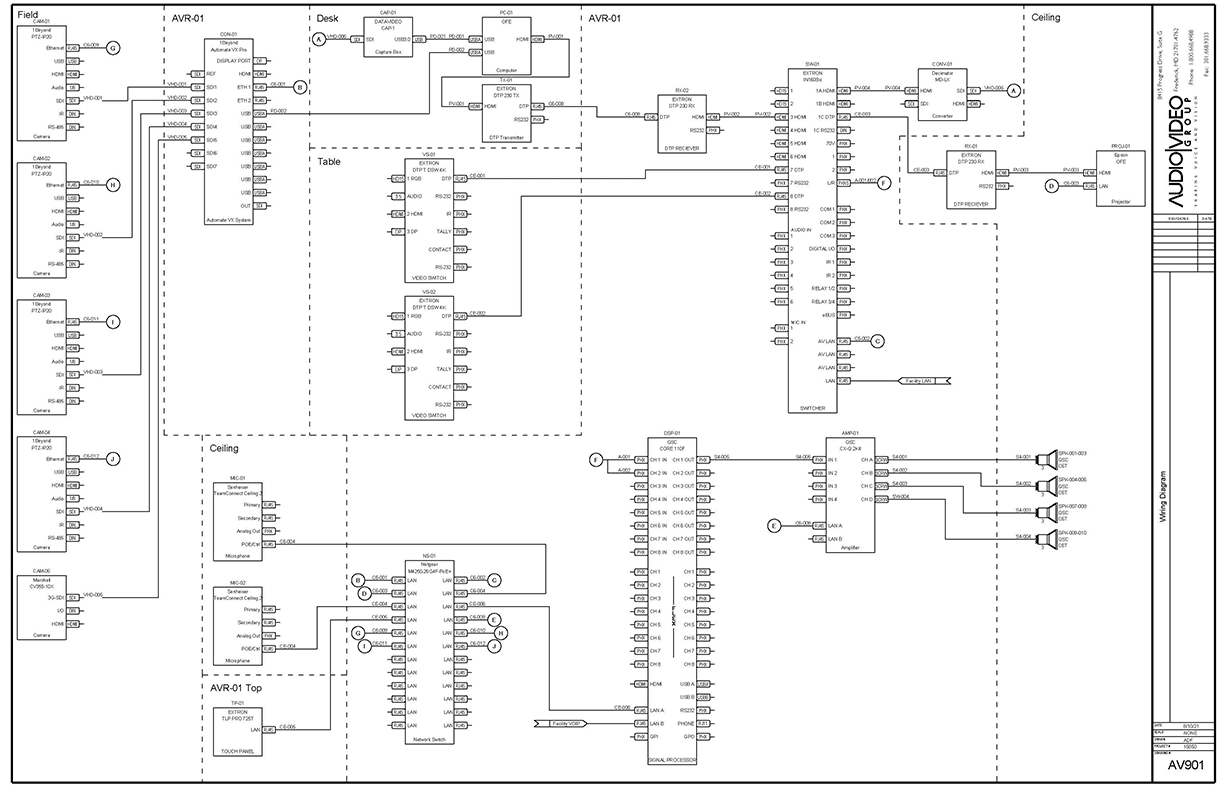Optimal Strategies for Placing Security CCTV to Improve Monitoring Effectiveness
Optimal Strategies for Placing Security CCTV to Improve Monitoring Effectiveness
Blog Article

Positioning surveillance cameras effectively effectively remains essential for improving surveillance in different environments, including homes, commercial properties, as well as public areas. The primary objective of security systems remains to deter criminal activity and provide evidence in instances of incidents. To attain this, it is important to consider various factors, such as camera location, range of vision, as well as the specific zones that require oversight. By understanding these factors, individuals as well as organizations can develop a comprehensive monitoring strategy that optimizes the efficacy of their surveillance solutions.
One of the first actions in positioning surveillance cameras involves to determine key locations that require monitoring. High-risk areas, such as entry points, exits, vehicle lots, as well as areas with high-value assets, must be prioritized. It also important to consider blind spots, that are locations that may not be seen from certain perspectives. By mapping out these critical areas, security staff can ensure that all nook is observed, reducing the likelihood of criminal actions going unnoticed. Additionally, installing cameras at strategic locations can assist create a complete view of the property, allowing for better overall surveillance coverage.
The viewing angle of a security system is another important element to consider. Various types of cameras provide varying ranges of view, which can influence how many space is recorded in the footage. For instance, broad-view cameras can monitor larger spaces, rendering them ideal for spacious areas, whereas pan-tilt-zoom cameras can be modified to concentrate on particular details. When placing surveillance systems, it is important to select the right kind based on the useful content location being monitored. This ensures that the system can capture sharp images and offer important information in the event of an occurrence.
Height and tilt of mounting also have a crucial part in the effectiveness of security cameras. Cameras should be mounted at a height that is out of reach of possible interference but also enables for clear visibility of faces and other recognizable details. A typical suggestion is install systems at least 8 to 10 ft off the floor. Additionally, the angle at which the camera is set can affect its capability to capture important details. Surveillance systems should be tilted to reduce glare and avoid blockages, guaranteeing that they can record clear footage at any moments.
In conclusion, regular maintenance and improvements to the surveillance system is essential for long-term efficacy. This entails inspecting camera functionality, wiping optics, and ensuring that software remains current. Frequent assessments of the surveillance plan can assist identify any new areas not visible or locations that may need additional monitoring. By remaining proactive and making required changes, individuals and entities can improve their monitoring effectiveness and guarantee that their surveillance systems continue to fulfill their designated purpose.